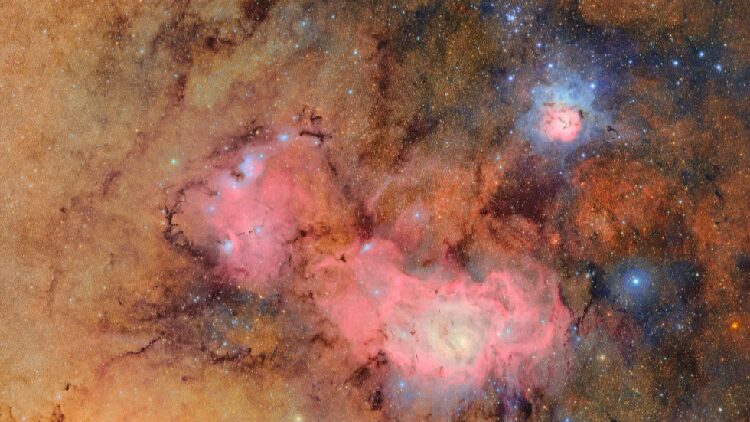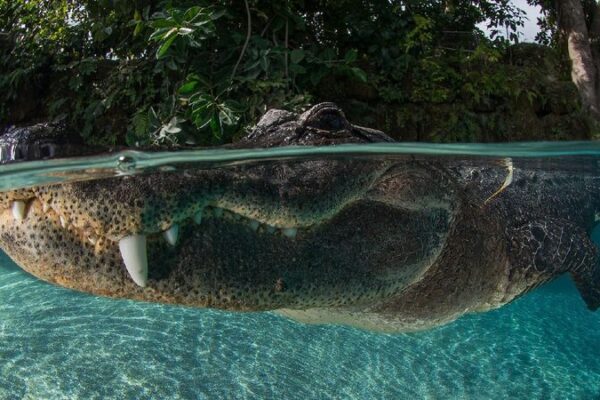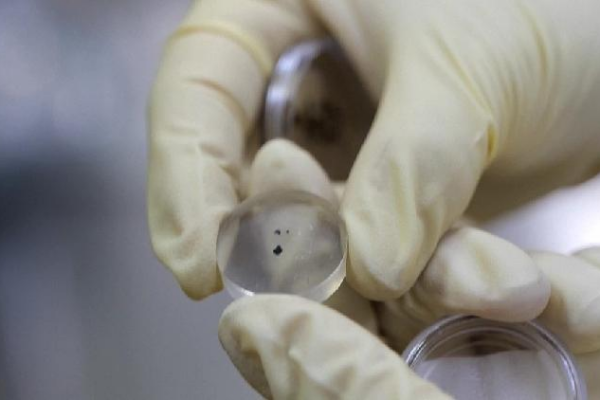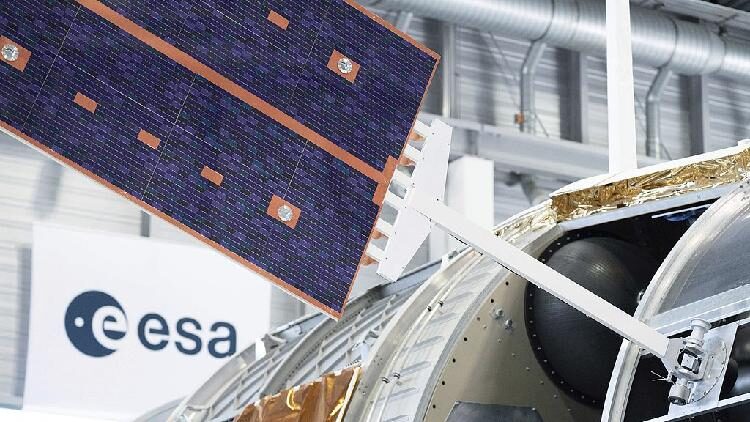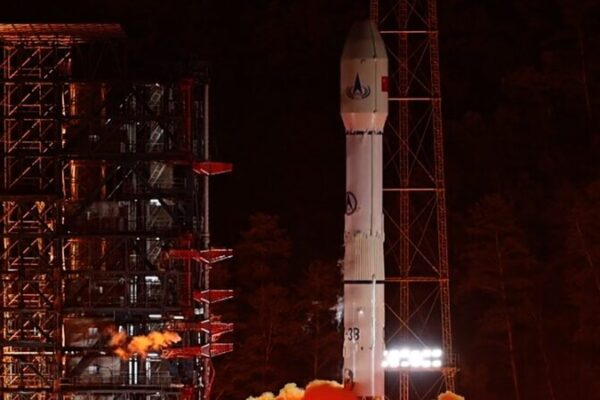China Media Group (CMG) has unveiled its list of the top 10 scientific news stories from around the world for 2024, highlighting groundbreaking discoveries and innovations shaping our understanding of the universe and advancing technology. From mapping the cosmos to developing the fastest camera on Earth, these achievements showcase humanity’s relentless pursuit of knowledge.
1. Euclid Space Mission Maps the Universe
The European Space Agency’s (ESA) Euclid space mission revealed the first segment of its extensive map of the universe. This monumental project aims to shed light on dark matter and dark energy, unlocking mysteries about the universe’s expansion and composition.
2. Chang’e-6 Reveals Lunar Secrets
Epoch-making discoveries from lunar rock samples retrieved by China’s Chang’e-6 spacecraft were published in leading scientific journals. The findings reveal that volcanic activities on the moon’s lesser-known far side have persisted for at least 1.4 billion years, offering new insights into lunar geology.
3. World’s First Atomic-Level Quantum Sensor
An international research team from the Quantum Nanoscience Center at the Institute for Basic Science in South Korea and the Forschungszentrum Jülich in Germany developed the world’s first atomic-level quantum sensor. Capable of detecting tiny magnetic fields at the atomic scale, this breakthrough was detailed in Nature Nanotechnology.
4. OpenAI’s ‘Sora’ Generates Videos from Text
Microsoft-backed OpenAI announced the development of “Sora,” software capable of generating minute-long videos based on text prompts. Currently available for red teaming to identify potential flaws, “Sora” represents a significant leap in AI-generated content.
5. First Molecular Atlas of Human Brain Vasculature
Researchers led by the University Health Network in Toronto and the University of Zurich built the first-ever molecular atlas of the human brain vasculature at single-cell resolution. Spanning from early development to adulthood and including disease stages like brain tumors, this atlas was published in Nature.
6. Global Soil Virus Atlas Published
A global consortium, including the Pacific Northwest National Laboratory in the United States, created the first global soil virus atlas. Published in Nature Microbiology, the atlas explores the impact of soil viruses on global biogeochemical processes and sets the stage for future research in soil virus ecology.
7. Most Massive Stellar Black Hole Discovered
Astronomers identified the most massive stellar black hole yet discovered in the Milky Way galaxy. Spotted using data from ESA’s Gaia mission, the black hole exerts a peculiar “wobbling” motion on its companion star. Verified by the Very Large Telescope and other observatories, the black hole’s mass is about 33 times that of the sun.
8. World’s Fastest Camera Developed
Canadian scientists developed the fastest camera known to date, capable of capturing images at an astonishing 156 trillion frames per second. This technological marvel opens new possibilities for studying ultrafast phenomena in physics and chemistry.
9. James Webb Telescope Observes ‘Dangling’ Ice Structures
Scientists from multiple institutions, including Radboud University, used the James Webb Space Telescope to observe “dangling” ice structures (dangling OH ice) in the universe for the first time. This discovery provides new insights into the formation of water and other molecules in space.
10. New Life Forms Found in Earth’s Crust
A deep-diving robot exploring the Pacific seabed at a tectonic plate boundary unearthed a previously unknown realm of animal life thriving underground near hydrothermal vents. Using the remotely operated vehicle SuBastian, scientists discovered giant tubeworms and other marine invertebrates living in cavities within Earth’s crust at depths of over 2,500 meters.
These top scientific news stories highlight the remarkable progress being made across various fields. They underscore the global effort to expand our understanding of the natural world and the universe beyond. As humanity continues to push the boundaries of knowledge, these discoveries will inspire future generations to contribute to the advancement of science.
Reference(s):
cgtn.com


